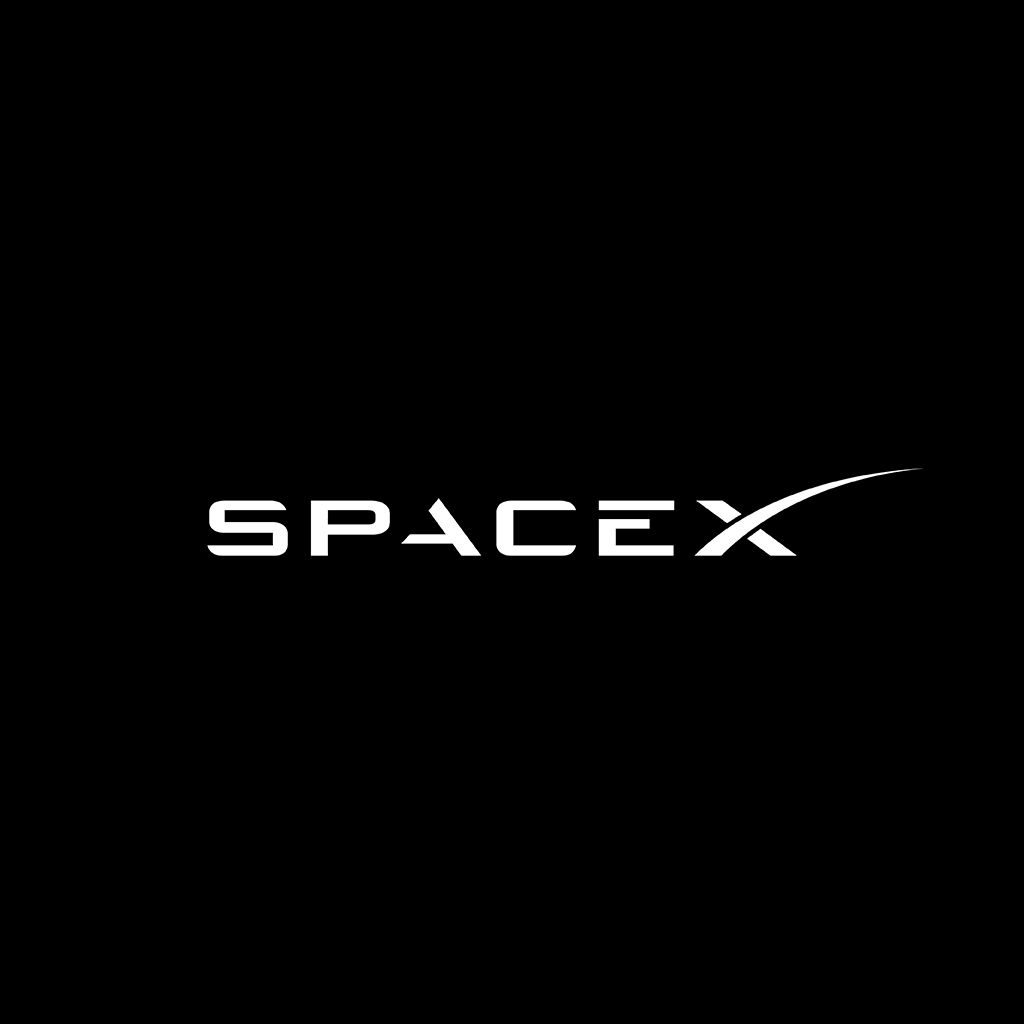During tonight’s Falcon 9 launch of Starlink from Space Launch Complex 4 East at Vandenberg Space Force Base in California, the second stage engine did not complete its second burn. As a result, the Starlink satellites were deployed into a lower than intended orbit. SpaceX has made contact with five of the satellites so far and is attempting to have them raise orbit using their ion thrusters.
There’s also a tweet saying the same thing in fewer words.
This is the affected mission: Starlink 9-3 launch bulletin
Let’s hope it was due to SpaceX pushing the envelope on their in-house Starlink missions in some way, though I have no specific guesses along those lines. Perhaps a manufacturing defect or an operational mistake are more likely to be the leading candidates for the cause.
Upper stage restart to raise perigee resulted in an engine RUD for reasons currently unknown. Team is reviewing data tonight to understand root cause.
Starlink satellites were deployed, but the perigee may be too low for them to raise orbit. Will know more in a few hours.
I wonder if they considered sacrificing one of the contactable satellites, trying to send it back towards the 2nd stage in the hope of getting some useful camera views, or anything like that.
That would be a crazy flex if they pulled it off, compared to entire companies focusing on RPO like Astroscale with their current demo mission and True Anomaly with their failed attempted RPO mission.
That being said, I doubt that any Starlink engineering cameras would be good enough to give them better views than the 2nd stage’s onboard cameras, and Starlink prop systems don’t look like they have enough thrusters or control authority for that kind of thing.
True. And I guess the likelihood of there being much left to look at, let alone any actually useful visible clues, is not high. (Bearing in mind the RUD seems to have been destructive enough to have incapacitated 75% of the satellites.)
Follow-up tweets:
SpaceX: https://x.com/SpaceX/status/1811804948675617115
The team made contact with 10 of the satellites and attempted to have them raise orbit using their ion thrusters, but they are in an enormously high-drag environment with their perigee, or lowest point of their elliptical orbit, only 135 km above the Earth
Elon: https://x.com/elonmusk/status/1811638892879020243
We’re updating satellite software to run the ion thrusters at their equivalent of warp 9.
Unlike a Star Trek episode, this will probably not work, but it’s worth a shot.
The satellite thrusters need to raise orbit faster than atmospheric drag pulls them down or they burn up.
SpaceX: https://x.com/SpaceX/status/1811805147833729260
Each pass through perigee removes 5+ km of altitude from the highest point in the satellite orbit. At this level of drag, our maximum available thrust is unlikely to be enough to successfully raise the satellites.
SpaceX: https://x.com/SpaceX/status/1811805238699131093
As such, the satellites will re-enter Earth’s atmosphere and fully demise. They do not pose a threat to other satellites in orbit or to public safety.
Sounds like they aren’t able to save the satellites, but hopefully they got some useful data.
Acronyms, initialisms, abbreviations, contractions, and other phrases which expand to something larger, that I’ve seen in this thread:
Fewer Letters More Letters RUD Rapid Unplanned Disassembly ~ Rapid Unscheduled Disassembly ~ Rapid Unintended Disassembly SECO Second-stage Engine Cut-Off Jargon Definition Starlink SpaceX’s world-wide satellite broadband constellation perigee Lowest point in an elliptical orbit around the Earth (when the orbiter is fastest)
[Thread #49 for this sub, first seen 12th Jul 2024, 14:00] [FAQ] [Full list] [Contact] [Source code]
The broadcast ends after SECO-1 (which seems to happen at the expected time). But can anyone spot any clues?
Is there more ice than normal on the 2nd stage? (E.g. In the view at T+6:30)
IMO there’s way more ice than usual. Maybe a leak? https://piped.video/watch?v=I2klvDvmtFc&t=202
That is definitely not a norminal amount of ice.
The second stage engine cover seemed to get ‘over inflated’ at T+4:07. And you can definitely see it’s in a lower orbit on the final screen right after SECO




